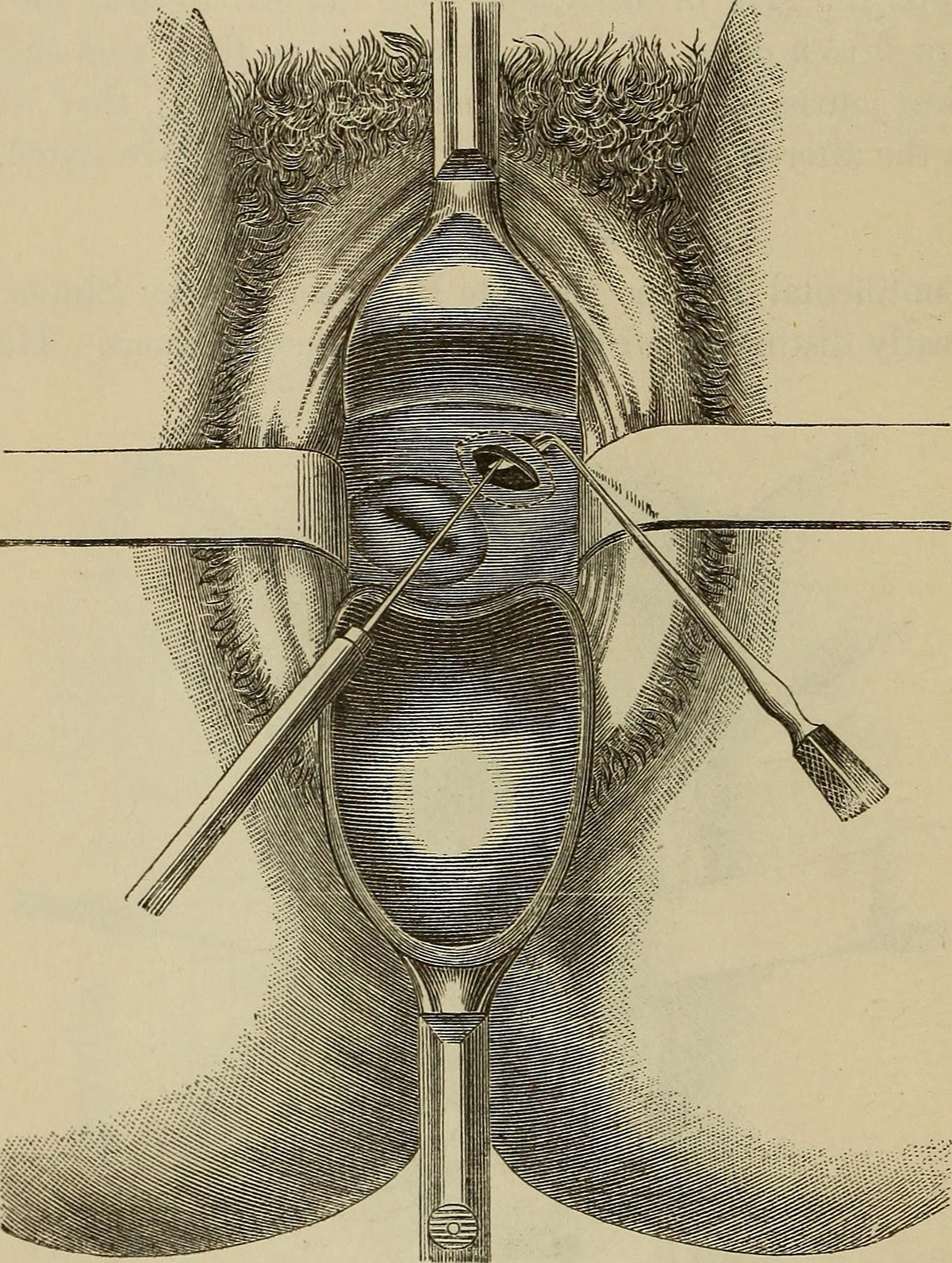
Fistula is anomalous passage in the body which connects two cavities. These cavities are normally separated by their walls and in case of fistula the wall is interrupted. Fistula may also connect the internal space of an organ with the outside world. The predilection places for fistula forming are mainly anal and genital areas. They can occur between wind pipe and esophagus as well. In most cases the condition requires surgical treatment of closing the fistula as it is a path of spreading the possible infections. However in cases of colon cancer the surgeon creates artificial fistula (so called colostomy) on the abdomen in order to provide an outlet. There are varieties of illnesses which may result in fistula. Chiron’s disease is just one example. Chronic inflammatory diseases combined with abscesses generally leads to fistula forming.
The very location of the fistula defines if the surgical procedure is necessary. Sometimes fistulas are left for certain time in hope and they will eventually heal before the surgical treatment is conducted. Within that period the patient is prescribed antibiotics. This way the area will not get infected and it is a way of avoiding future infections.
Specific tests (fistulogram, pyelogram) are conducted before the surgery. This is essential for establishing whether the surgery is really necessary. Fistulogram is a method which uses a dye to present the pathway of the rectal fistulas. In case of enter vesicular fistula a pyelogram test is conducted.
Surgical procedure of creating artificial fistulas is done in some cases. Temporary ileostomy is done to redirect the stool through the ileostomy until the intestinal fistula heals. Likewise arteriovenosus fistula is done prior the kidney dialysis. This fistula is needed for the following treatment of kidney failure. Both of the previously mentioned fistulas are needed and the surgical methods are here used in purpose of their creation.
On the other hand some fistulas need repair which is the case of anal and vesicovaginal fistulas. In case of anal fistula a fistulotomy is performed. This procedure is done under anesthesia. The fistula is then cut open and removed completely. Sometimes tiny segment of sphincter muscle needs to be cut as well. All of the cases of anal fistulas are treated surgically with the exception of a few that may be sealed with a sort of protein glue. Surgery of vesicovaginal fistulas is done to close the irregular passageway between the bladder and vagina. The condition is mainly caused by trauma during hysterectomy or unattended delivery.

















Your thoughts on this
Loading...